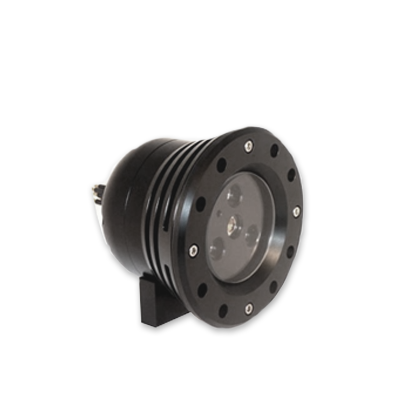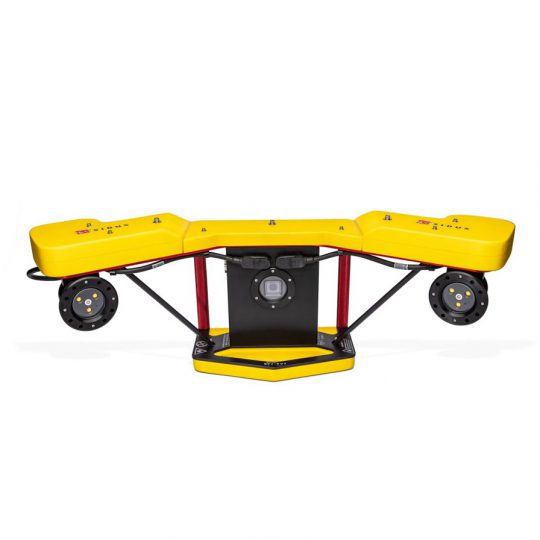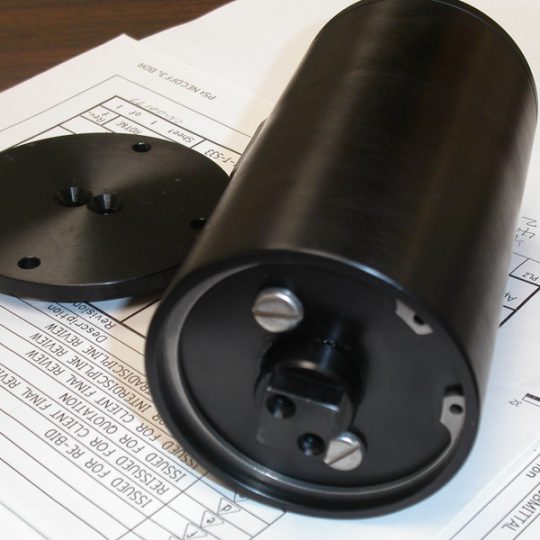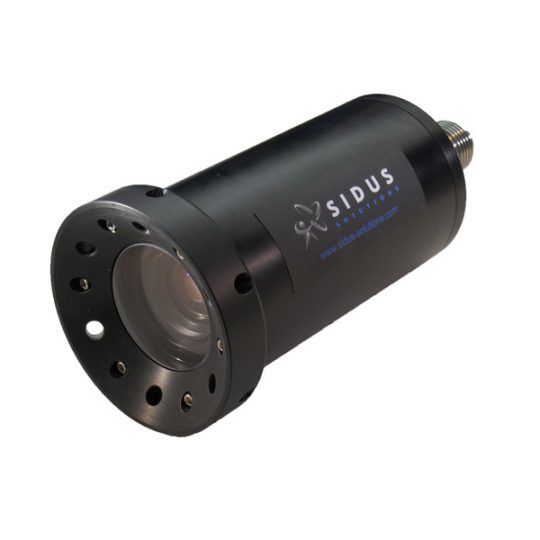Go Maritime
Monitoring and Inspection Systems provide predictive maintenance solutions.
Minimize breakdowns, optimize performance, and extend the lifespan of assets.
Strategic Planning, Risk Management, and Proactive Maintenance
The Maritime Industry represents a wide range of activities to move goods and materials within inland waterways, coastal regions, ports and the related infrastructure. These activities include ship building, marine engineering, operation of ports and harbors, navigation, and transportation of goods.
The backbone of global trade and movement of goods depends on ships, barges, tugboats, and workboats to operate safely. This is crucial for avoiding accidents and ensuring timely delivery. The safe operation of maritime vessels relies on stringent standards and regular maintenance, guided by classification societies, industry organizations (IMO and ICS), and equipment manufacturer recommendations.
Our engineering and technical services provide a variety of solutions unique to the client. Our systems are customizable for the perfect mix of cameras, camera stations, mounting options, video recorders, and monitoring stations with advanced AI capabilities. As a manufacturer of robust subsea monitoring products, we offer maritime commissioning services, custom engineering, 24/7 technical support, and a pressure testing facility.
The Maritime Industry represents a wide range of activities to move goods and materials within inland waterways, coastal regions, ports and the related infrastructure. These activities include ship building, marine engineering, operation of ports and harbors, navigation, and transportation of goods.
The backbone of global trade and movement of goods depends on ships, barges, tugboats, and workboats to operate safely. This is crucial for avoiding accidents and ensuring timely delivery. The safe operation of maritime vessels relies on stringent standards and regular maintenance, guided by classification societies, industry organizations (IMO and ICS), and equipment manufacturer recommendations.
Our engineering and technical services provide a variety of solutions unique to the client. Our systems are customizable for the perfect mix of cameras, camera stations, mounting options, video recorders, and monitoring stations with advanced AI capabilities. As a manufacturer of robust subsea monitoring products, we offer maritime commissioning services, custom engineering, 24/7 technical support, and a pressure testing facility.
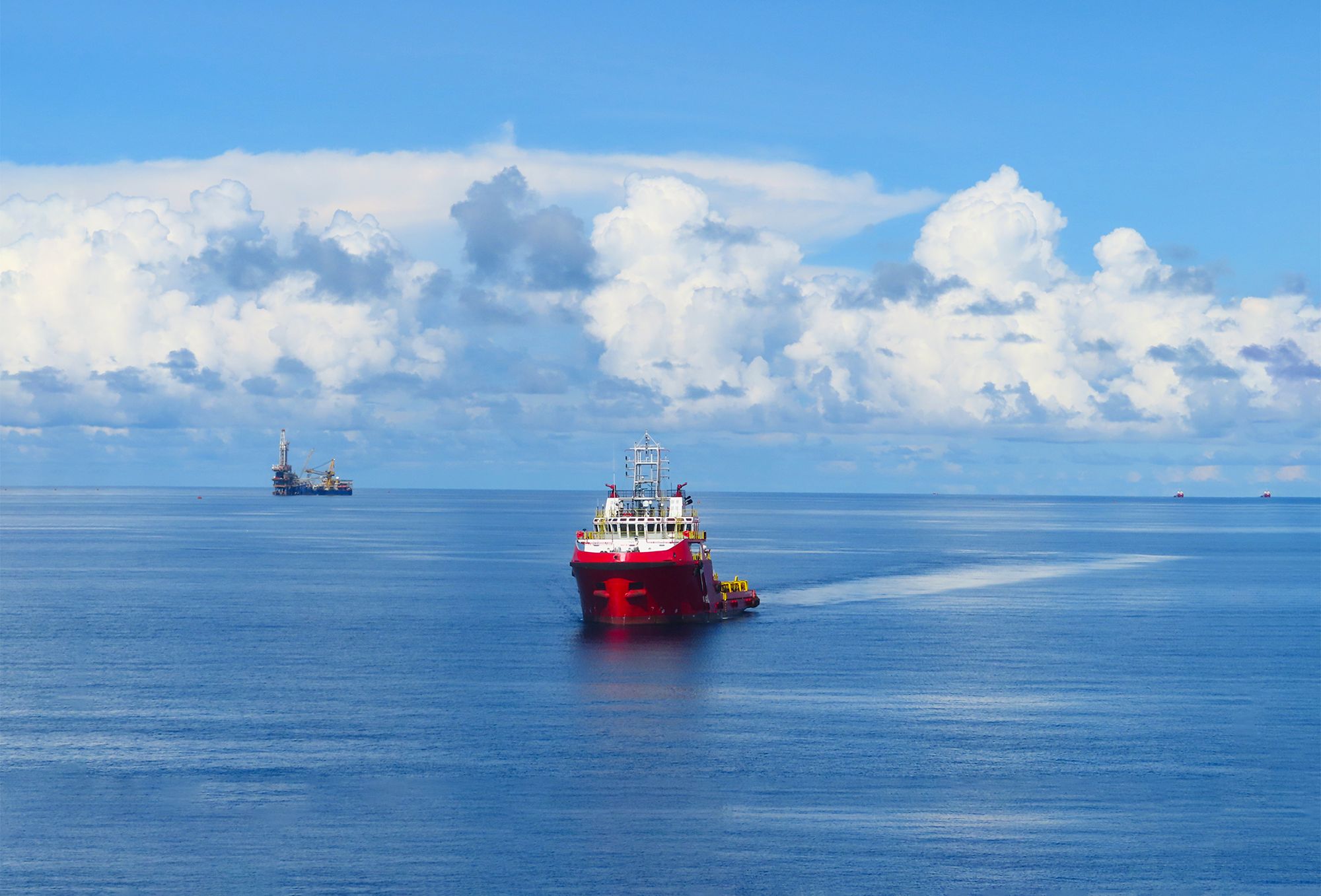
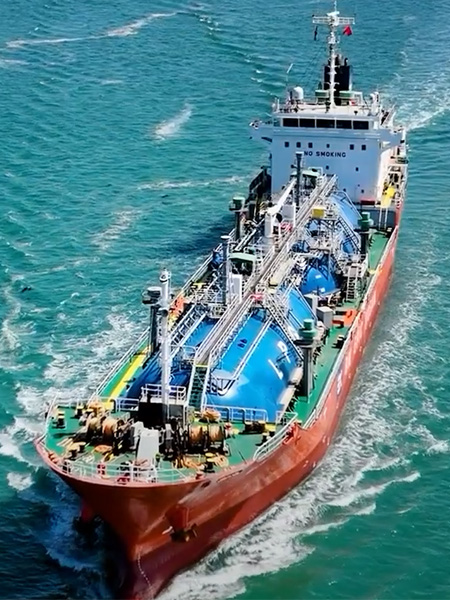
Preventive Maintenance - efficient operation and reduced downtime

SIDUS is a disabled veteran owned, certified small business.

SIDUS has been a leader in subsea and topside inspection solutions since 2000.

SIDUS is proud to have worked with the largest shipyards, maritime and defense operations on the planet.

Our Team of professionals is dedicated and committed - We thrive in innovation yet balance it with value-packed product and turnkey solutions.
BEYOND PRODUCT - Team SIDUS is dedicated to our clients. From discovery to product solutions andcustomizations to onsite implementations, training, and ongoing support – we are committed to your success.
Subsea Camera Systems, and Topside Monitoring Systems
Sidus Solutions offers the widest range of camera stations, inspection systems, surveillance and security system solutions for the Maritime industry. Our subsea positioners, rotators, cameras, lasers, and ultrabright LED lights are used in depths of 30 – 6000 meters. With products available that are explosion-protected or weatherproof, analog or IP, fixed, dome or PTZ, our experience, engineering expertise, and proven reliability can meet your specification requirements.
5 Ways We Work
With Clients
We are your partner for subsea and topsides solutions. From fully custom, build to fit implementations to system integrations and more, SIDUS brings you the expertise and experience to get the job done right.
Learn MoreAdvanced Inspection, Monitoring & Maintenance Systems
The Maritime industry requires routine inspections, ensuring that vessels remain seaworthy and comply with regulatory standards. This includes ship maintenance and maintaining various machinery and equipment onboard. Manufacturers of maritime equipment provide detailed maintenance schedules and suggest repairs and replacements to meet compliance. Often, the equipment itself undergoes a series of certifications depending on the deployment and environmental conditions of the installation.
The shipbuilding and repair sector is responsible for the design, construction, and maintenance, repair and retrofit of existing ships and other marine infrastructure.
A range of support services, such as marine engineering, logistics, and marine environmental protection, are supplied to ensure seamless integration of systems, and that regulatory and international standards are met.
Marine engineering involves the design and development of new technologies and equipment to support the shipping industry, including vessel propulsion systems, navigation equipment, safety and surveillance systems.
Last, but not least, Marine Domain Awareness (MDA) in the USA involves collectively using technological aid to help improve maritime law enforcement and security at our ports of entry and on our waterways. Some of the technologies used are as follows: AIS (Automatic Identification Systems), long range radar, long range UAV (Unmanned Aerial Vehicles), AI enabled verification of passengers and ships before leaving ports abroad, smart-boxes to scan for weapons and unlawful cargo. MDA is employed with other 3rd party technologies to allow traders, ship insurers, charterers and shipping companies to be notified of their maritime assets and logistics in real time.
SIDUS Maritime customers that operate in explosive environments and hazardous area applications are required to comply with international standards, certifications, and Nation-specific sets of rules and regulations. Inspection systems provide crew and safety inspectors with assistance to assure compliance and identify required repairs or replacements.
Installation, design and configuration of these integrated systems is our specialty. SIDUS customizes systems to meet the specifications of our customers.
Subsea Inspection, Maintenance, and Repair (IMR)
It is essential to maintain routine IMR for effective deterrents to major catastrophic failure in systems and equipment, allowing for the discovery of problems before they cause expensive replacement or the need for frequent or untimely repair. The SIDUS Team has decades of on hand experience and expertise to assist customers in selection of the right solution for their installation or project. Our customized systems help clients world-wide to meet their project goals.
CCTV and Intrusion Detection Systems
Situational awareness, security, and observation of crew and assets are critical in hazardous and safe area environments. Integrated Surveillance and Inspection Systems allow a complete overview of operations to maximize efficiency and safety. Recently advanced AI CCTV video capabilities can increase the safety of the entire facility, ship or floating structure. Let us know if you want more information!
Floating Production Storage and Offloading (FPSO) or Offshore Platforms are regulated and require that equipment be certified and approved. SIDUS’ experience and knowledge help guide our clients through this process.
Extreme Subsea Environments and Depths
Underwater structures are subject to corrosion and natural wear and tear. The risks of undetected flaws can be serious safety and financial issues that can impact the expected lifetime of assets. Recording, playback & analysis have become critical features of these subsea inspection systems, helping to reduce costs, and increase profits.
Hazardous and Explosive Topside CCTV Systems
Topside structures are above the waterline, typically modular, installed onto either a fixed or floating underwater structure. The topsides often include the drilling rig, crew living accommodations and often processing facilities. These structures are subject to the extreme elements of the ocean environment as well as subject to the risk of explosion. A series of cranes for moving large items around the platform, industrial HVAC systems to provide climate control, and generators to provide electricity for the entire rig are also structures on the topside of Offshore Platforms.
Emergency and safety equipment is required by international regulation to ensure and support all personnel and worker safety on an offshore oil or gas rig.
Benefits of routine inspection
- Increased Crew and Equipment Safety
- Critical real-time information
- Improved situational awareness
- Efficient Operations
- Reduced non-productive crew time
- Safer Operations and reduced crew safety incidents
- Reduced equipment errors and troubleshooting guesswork
- Reduced weather-related risk management
- Real-time activity and response monitoring
- Crew product and system operation training
SIDUS is a 24-year specialty manufacturer and system integrator known for technical advancements in closed-circuit surveillance systems, video recording, and distribution. Utilizing our combined knowledge and experience, SIDUS is committed to developing inspection solutions that can be custom configured to meet or exceed specifications outlined by customers.
One of our client’s, Norbit, has selected our SS109 High Torque Pan & Tilt for the deployment of the integrated AUV and sonar system being used in the cleanup operation of the bridge that was hit by the shipping vessel in May 2024 in Virginia.
CASE STUDY – Norbit
Topside inspection systems and Subsea inspection, maintenance, and repair (IMR) systems have numerous applications.
Applications for SIDUS subsea cameras and CCTV stations include
- Subsea inspection and exploration
- Explosion-proof CCTV systems
- IP Network systems integrations
- Specialized cameras; Hyperbaric, High-Definition, Thermal, Infrared
- Topside and Underwater surveillance video cameras
- Oil & Gas Offshore platform security surveillance systems
- Crane and Hoist camera observation systems
- Naval vessels
- Shipyard construction and facilities
- Harbor, and Port facilities
- Unmanned Robotic vessels, ROV, AUV
- Aquaculture
- Hydroelectric
- Nuclear Power installations
What is Maritime Domain Awareness (MDA)?
MDA as the effective understanding of anything related to the maritime domain that impacts or affects the security, safety, economy and the environment. MDA recognizes global shipping trends, monitors the movement of vessels, port activity, and trade flows and always shares real-time vessel data. The safety of our waterways and seas depends on data review, regulation and enforcement to ensure companies and governments operate within environmental regulations and to monitor any deceptive shipping practices, illegal activities like human trafficking, illegal fishing, and transshipments in exclusive economic zones.
Who is responsible for MDA in the United States?
MARAD (Maritime Administration) supports the Department of Homeland Security. Federal grants are allocated to state, local and private sector maritime industry partners to improve port security.
What are the Classification societies that the Maritime Industry is regulated by?
American Bureau of Shipping (ABS) and Lloyd’s Register (LR), publish rules and regulations related to ship maintenance.
International conventions and regulations, such as the International Maritime Organization’s (IMO) International Safety Management (ISM) Code and International Convention for the Safety of Life at Sea (SOLAS), also provide essential guidance on ship maintenance.


